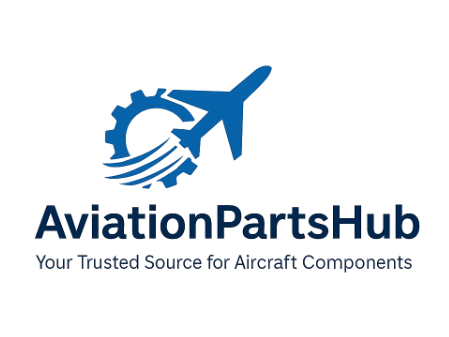A Buyer’s Guide to Aviation Headsets: Finding the Right Fit for You

A Buyer’s Guide to Aviation Headsets: Finding the Right Fit for You
For pilots, a headset is more than just a piece of equipment; it’s a critical tool for clear communication, hearing protection, and comfort. The constant noise of an aircraft engine can be fatiguing and, over time, harmful to your hearing. A good aviation headset mitigates these issues, allowing you to hear air traffic control (ATC), your instructor, or your passengers without strain.
However, with so many options available, choosing the right headset can be a challenge. At Aviation Parts Hub, we’re here to help you navigate the choices. This guide will walk you through the key considerations to help you find the perfect headset for your flying needs.
Active Noise Reduction (ANR) vs. Passive Noise Reduction (PNR)
The first major decision you’ll face is choosing between ANR and PNR technology.
- Passive Noise Reduction (PNR): These headsets use sound-dampening materials and a tight seal around the ears to physically block out noise. They are effective and reliable, as they don’t require batteries. PNR headsets are generally more affordable and are an excellent choice for student pilots or those on a budget. The downside is that they can be bulky and may not offer the same level of comfort or noise reduction as their ANR counterparts.
- Active Noise Reduction (ANR): This technology uses microphones to listen to the ambient noise and then generates an “anti-noise” sound wave to cancel it out. The result is a significantly quieter cockpit environment, which reduces listening fatigue and makes communication much clearer. ANR headsets require a power source (typically batteries) and are more expensive, but many pilots find the investment well worth the improved comfort and communication.
Key Features to Consider
Once you’ve decided between ANR and PNR, it’s time to look at the details.
- Comfort: This is arguably the most important factor, especially for long flights. Pay attention to the headset’s weight, the clamping pressure on your head, and the material of the ear seals. High-quality ear seals made of gel or soft foam can make a huge difference.
- Audio Quality: Beyond noise reduction, consider the quality of the speakers. Some headsets offer high-fidelity audio, which is great for listening to music on the ground or for a more natural-sounding voice. You’ll also want to check if the headset is stereo or mono.
- Microphone: Look for a microphone with good noise-canceling capabilities to ensure your voice is transmitted clearly without background engine noise. A flexible boom microphone is also essential for precise positioning.
- Power Source (for ANR): ANR headsets are powered by batteries, and some models can also be powered by the aircraft’s electrical system (panel power). Battery life is a key consideration—many ANR headsets offer 20-30 hours of use on a single set of AA batteries.
- Extra Features: Modern headsets often come with a variety of features, such as Bluetooth connectivity for phone calls and audio, an auxiliary input for music, and automatic shut-off to save battery life.
Making Your Decision
Choosing the right headset comes down to a balance of your needs, your flying environment, and your budget.
- Budget-Friendly & Reliable: A high-quality PNR headset is a fantastic option if you’re a student pilot or fly less frequently. They are durable, require no batteries, and provide excellent hearing protection.
- Ultimate Comfort & Clarity: If you fly regularly or for long distances, an ANR headset is a smart investment. The reduced noise and fatigue can significantly improve your flying experience.
- Professional Pilots: Many professional pilots and instructors opt for top-tier ANR models with features like Bluetooth and superior microphone quality, as they spend a lot of time in the cockpit.
No matter which headset you choose, remember that its primary purpose is to keep you safe and connected. At Aviation Parts Hub, we stock a wide range of headsets from leading brands, all with the certification and quality you need to fly with confidence. We’re here to help you find the perfect headset to make your next flight as comfortable and clear as possible.



